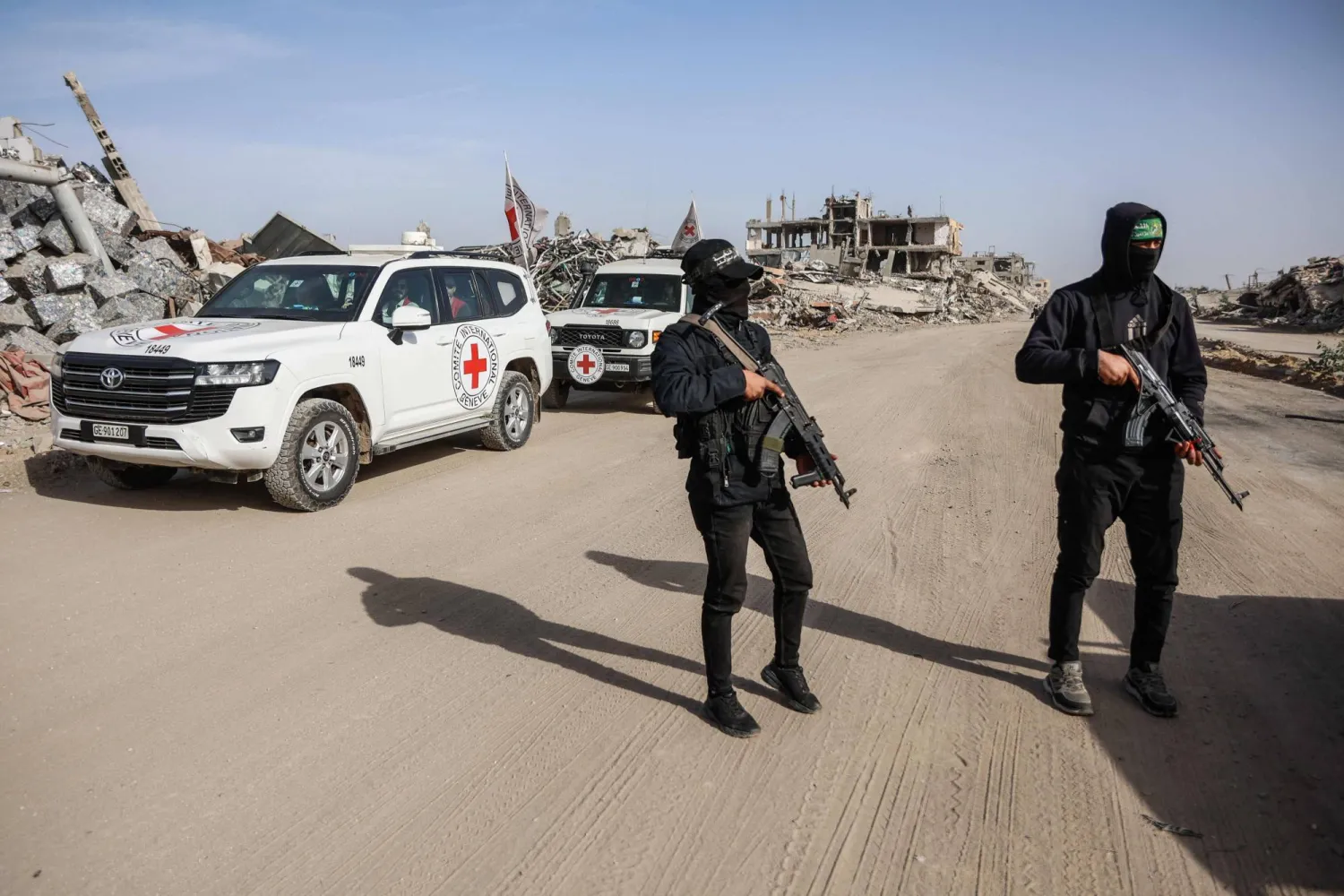The suggestion to postpone the internal elections of Hamas was turned down by the Hamas General Shura Council, a Hamas source familiar with the matter said.
However, it was agreed to wait for the outcome of the Palestinian factions’ meeting in Cairo.
The source told Asharq Al-Awsat newspaper that there are two standpoints in the movement. The first urges holding the general elections prior to the internal elections while the second insists on holding the elections on time (it usually starts in January and ends in April).
The current leadership of Hamas was chosen in 2017, yet this year’s elections witness strong competition with high potential of the return of former Hamas leader Khaled Meshaal to the competition. Hamas' political bureau chief Ismail Haniyeh, though, remains among the top candidates to keep their posts.
Internal Hamas elections take place every four years. The election process spans some months and involves the movement’s various local politburos, representing Hamas members in Gaza, the West Bank, the Diaspora as well as Israeli prisons.
Local members choose their leadership, which in turn elects a general Shura council. The central politburo is then elected by the general Shura council.
Senior Hamas official Ghazi Hamad wrote that Hamas has been holding regular and conventional elections for years, resulting in several successive political leaders and authorities. Yet, it didn’t break the routine or introduce radical changes on the organizational level or on the level of reforming the general national status.
He added that most often, the elections become a carbon copy by which the same leaders are elected and the organization's activities are not witnessing any tangible change.









